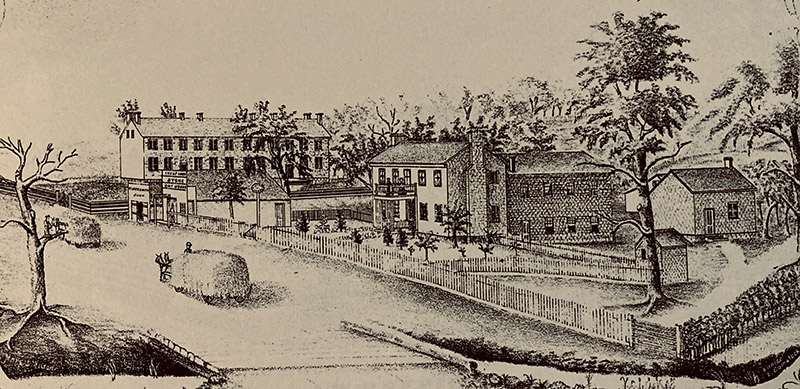
When historians study the Past, they ask seven questions. The first four are factual: “Who”, “What”, “Where”, and “When”. These are the building blocks for the understanding of events and the ideas that activate them. The next two are interpretive questions, “Why” and “How”, and are the stuff of disagreements among historians because each views the Past though different eyes, with different biases and giving different weights to facts and events. But this exchange of views is positive in that it helps answer the last question, “So What”. What is the value of History based on truths and not myth? One answer to the “So What” question is to understand the Past to anticipate the Future. And in creating this Useable Past we also understand better ourselves, our community, our nation, and the world. Hopefully that understanding can lead to better things.
So, History is ideas that result in peoples’ actions. Some of these actions are done with the best intent, others not so much. Which brings us to why the Shawnee Indian Mission Historic Site is important.
The story of the Shawnee Indian Mission (SIM) is about three big and many small stories. The first, and most obvious is the interaction among the Native American tribes, the missionaries, and the broader American culture and society. The second is the conflict over slavery which occupied and divided the nation and was especially nasty along the border of Kansas and Missouri. The last is about the great migration that moved peoples to and through the Kansas border and was an expression of the national dream of “manifest Destiny”.
And there are other stories intertwined among these three about such things as education, religion, agriculture, and industry.
As we begin the exploration—ask the historian’s questions, it is important to avoid the error of applying today’s moral values to another era’s people, ideas, or actions. We need to understand historical events within their own context. That’s doesn’t mean that we are obligated to accept ugly behavior abhorrent by today’s standards, as justified or right. But the process of change and exchange that is History can only be useful if placed in the context of beliefs and behaviors of actors in their own time period. It’s from the facts in their context that we learn.
To present this history this website is divided into five categories to make it easier to locate information and to follow the stories:
The Timeline provides a chronological guide to events;
The People gives biographical identification of the players in the Mission story: students, missionaries and teachers, laborers, visitors, community leaders, and others;
The Mission and School section is about place–the buildings and grounds; and
The Sources are primary and secondary documents that are the foundation of facts and their interpretation, and finding aids for the SIM Library;
Mission Moments are short stories of the Mission, its people and events.

